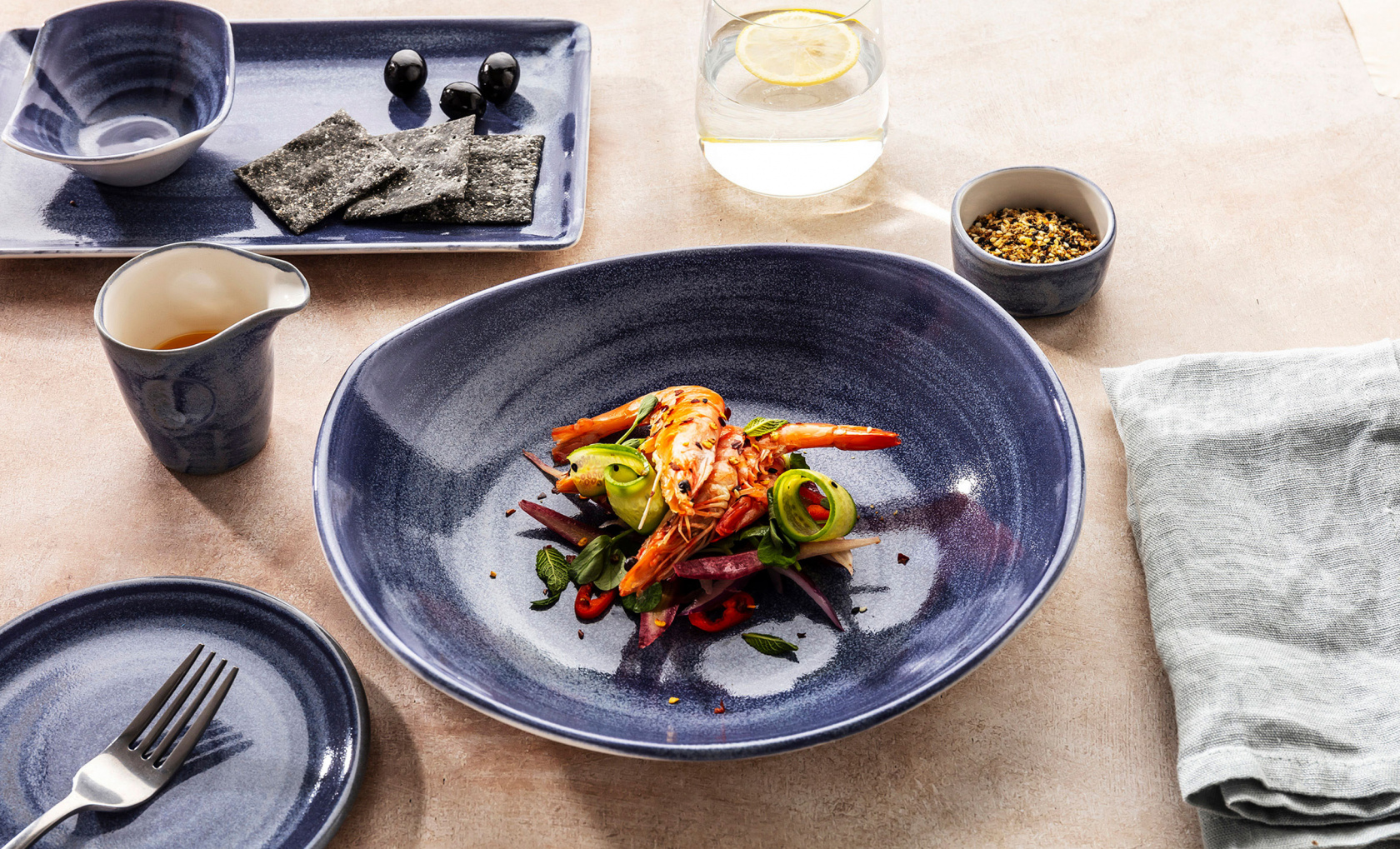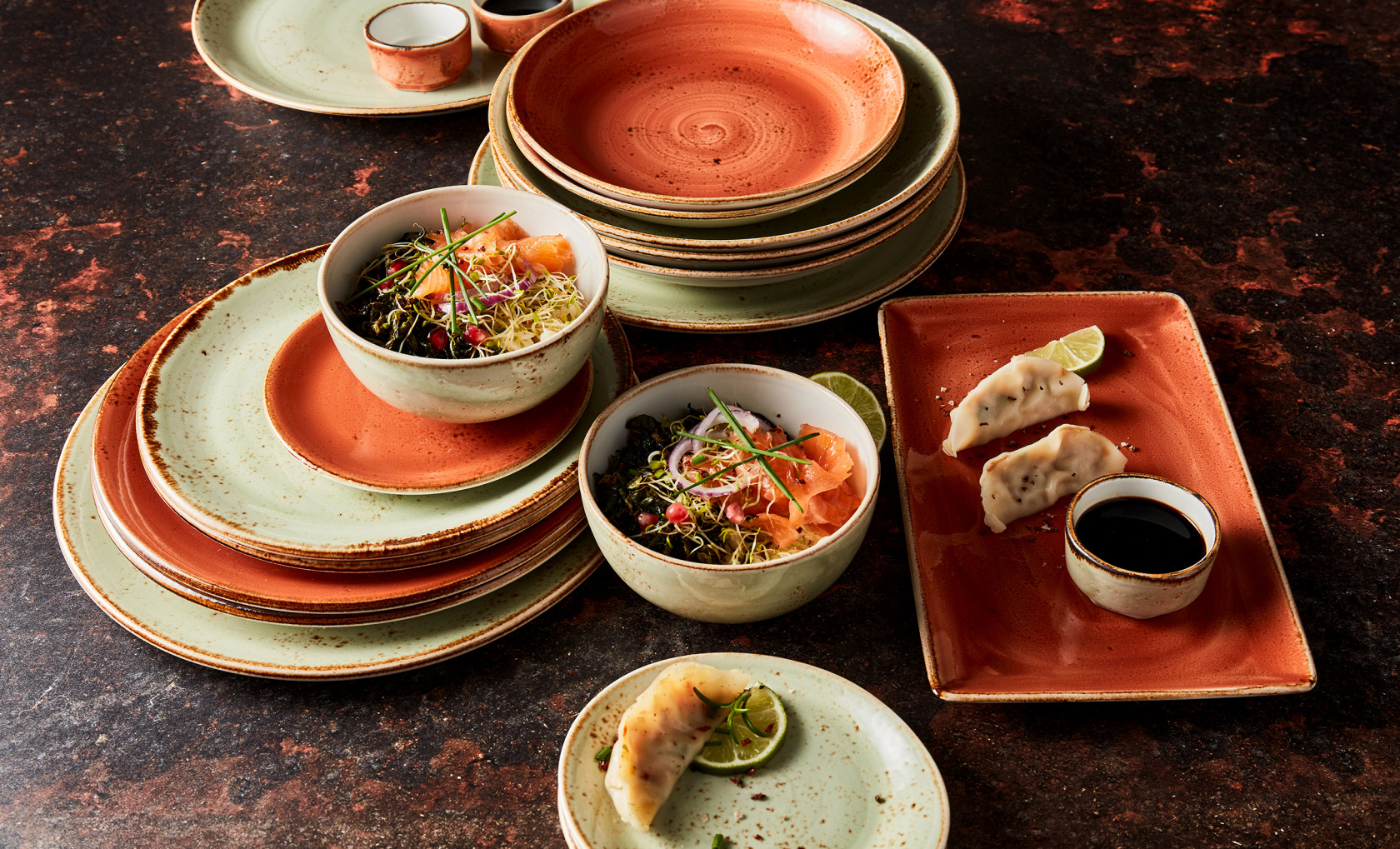The study of human perception is one of the most interesting topics to study! Especially in our time, when entire volumes are devoted to a healthy lifestyle, proper nutrition and positive thinking, both offline and online.
Particular attention today is paid to the effect of color on taste buds. Product manufacturers scan products using colorimeters to match their hue to mathematical precision.
The US Department of Agriculture even has a special Standard regulating the richness of orange juice! And a similar ideal has been established for many other dishes and drinks.
Colorists are struggling to develop optimal shades for French fries, pureed pumpkin soup and fresh carrots in order to regulate taste sensations using the right color. Bright colors brought together are appetizing, because for a person a heterogeneous palette seems more attractive than something monochromatic. This technique is often used by manufacturers of dragee candies.
Charles Spence Research

Charles Spence, who heads the Crossmodal Research Laboratory at the University of Oxford, argues that at least half of the cerebral cortex is responsible for information processing of visual images, while taste determines only one or two percent.
Visual experience is much richer than gustatory experience; during its assimilation, a set of so-called “basic shifts” is developed, which are assigned to the expected stimuli.

When it comes to taste, the following process is observed: the brain's gustatory sensory system encodes information about taste much faster if it matches expectations. Thus: if we are given a mousse colored deep red and told that the dessert tastes like strawberry, our brain will activate an association linking the color with the expected sweetness. Even if it turns out to be low, the forecasting involved in the brain can make up for this deficiency, helping a person decide in favor of stereotyped ideas about sweet strawberry mousse.
The existence of this mechanism embedded in the human psyche was proven by an experiment conducted back in 1980, where participants were blindfolded and asked to determine whether the drink they drank had an orange flavor. Only one person out of five gave the correct answer.
However, when the subjects saw that they were drinking an orange liquid, they accurately identified the orange taste. When presented with an orange-colored lime drink, about half of the participants said it was orange juice.
Not only the color of the food affects, but also the color of the dishes
By the way, our perception of taste is influenced not only by the color of food, but also by the color of the dishes in which it is served. For example: aquamarine color mutes saltiness, coral pink reduces bitterness and goes well with sweets and desserts that include elements of red (for example, strawberries), bright blue increases appetite, and black ceramics emphasizes the spiciness of the dish.
But scientists at Cornell University have determined that a person tends to consume more food if it is similar to the color of the dishes. A dish that contrasts in color with the plate leads to subconscious rejection and decreased appetite. But it is important to remember: this effect does not apply to white dishes!
Philosophers Dustin Stokes and Stephen Biggs believe that vision has unprecedented power over the human mind, informing our tactile and taste experiences. The brain systematizes information coming from various senses, so despite the seeming inviolability of taste, the eyes season our food before we have time to taste it.
When choosing tableware, do not forget to pay attention not only to the properties and compliance with the interior and concept, but also to what flavor characteristics of the dishes this dish emphasizes.
















































/https%3A%2F%2Fcomplexbar.com%2Fimages%2Fblog%2F58%2F5920aae3cc1df4caf4fc9d02b1e02733__1___1_-min.jpeg)
/https%3A%2F%2Fcomplexbar.com%2Fimages%2Fblog%2F246%2Fsirop_scale_2400.jpeg)
/https%3A%2F%2Fcomplexbar.com%2Fimages%2Fblog%2F246%2Fkofe-vostochniy.jpg)
/https%3A%2F%2Fcomplexbar.com%2Fimages%2Fblog%2F245%2Fpexels-jason-villanueva-851555.jpg)
/https%3A%2F%2Fcomplexbar.com%2Fimages%2Fblog%2F246%2F2024-04-09_17.22.54.jpg)
/https%3A%2F%2Fcomplexbar.com%2Fimages%2Fblog%2F246%2F2024-04-09_17.22.47.jpg)
/https%3A%2F%2Fcomplexbar.com%2Fimages%2Fblog%2F246%2FCODE_anons_foamydrops_752%D1%85480_eng.jpg)
/https%3A%2F%2Fcomplexbar.com%2Fimages%2Fblog%2F246%2FAlina_752%D1%85480_eng.jpg)
/https%3A%2F%2Fcomplexbar.com%2Fimages%2Fblog%2F246%2F2024-04-09_17.23.22.jpg)
/https%3A%2F%2Fcomplexbar.com%2Fimages%2Fblog%2F246%2F2024-04-09_17.23.28.jpg)
/https%3A%2F%2Fcomplexbar.com%2Fimages%2Fblog%2F246%2F2024-04-09_17.23.35.jpg)
/https%3A%2F%2Fcomplexbar.com%2Fimages%2Fblog%2F246%2Fdrinksome_752%D1%85480_eng.jpg)
/https%3A%2F%2Fcomplexbar.com%2Fimages%2Fblog%2F246%2Fnude_752%D1%85480_eng.jpg)
/https%3A%2F%2Fcomplexbar.com%2Fimages%2Fblog%2F246%2F752%D1%85480_eng__1_.jpg)
/https%3A%2F%2Fcomplexbar.com%2Fimages%2Fblog%2F246%2F752%D1%85480_eng.jpg)
/https%3A%2F%2Fcomplexbar.com%2Fimages%2Fblog%2F246%2FStudioRaw_752%D1%85480_eng.jpg)
/https%3A%2F%2Fcomplexbar.com%2Fimages%2Fblog%2F246%2FDoppio_tea_752%D1%85480_eng.jpg)
/https%3A%2F%2Fcomplexbar.com%2Fimages%2Fblog%2F246%2FTognana_Stars_Stripes_752%D1%85480_eng.jpg)
/https%3A%2F%2Fcomplexbar.com%2Fimages%2Fblog%2F246%2FRona_752%D1%85480_eng.jpg)
/https%3A%2F%2Fcomplexbar.com%2Fimages%2Fblog%2F246%2FDoppio_vending_752%D1%85480_eng.jpg)
/https%3A%2F%2Fcomplexbar.com%2Fimages%2Fblog%2F246%2FEssence_sukhie_smesi_752%D1%85480_eng.jpg)
/https%3A%2F%2Fcomplexbar.com%2Fimages%2Fblog%2F246%2FODK_sukhie_smesi752%D1%85480_eng.jpg)
/https%3A%2F%2Fcomplexbar.com%2Fimages%2Fblog%2F246%2Funiforma-barmena.jpg)
/https%3A%2F%2Fcomplexbar.com%2Fimages%2Fblog%2F246%2Fkak-nanyat-barmena.jpg)
/https%3A%2F%2Fcomplexbar.com%2Fimages%2Fblog%2F246%2Fsirop_scale_2400.jpeg)
/https%3A%2F%2Fcomplexbar.com%2Fimages%2Fblog%2F246%2FPeugeot_Anons_Paris_U%27Select_Line_Daman_752%D1%85480_eng.jpg)
/https%3A%2F%2Fcomplexbar.com%2Fimages%2Fblog%2F246%2Fkofe-vostochniy.jpg)
/https%3A%2F%2Fcomplexbar.com%2Fimages%2Fblog%2F246%2FMadler.jpg)
/https%3A%2F%2Fcomplexbar.com%2Fimages%2Fblog%2F246%2Fprofbartender_glavn.jpeg)